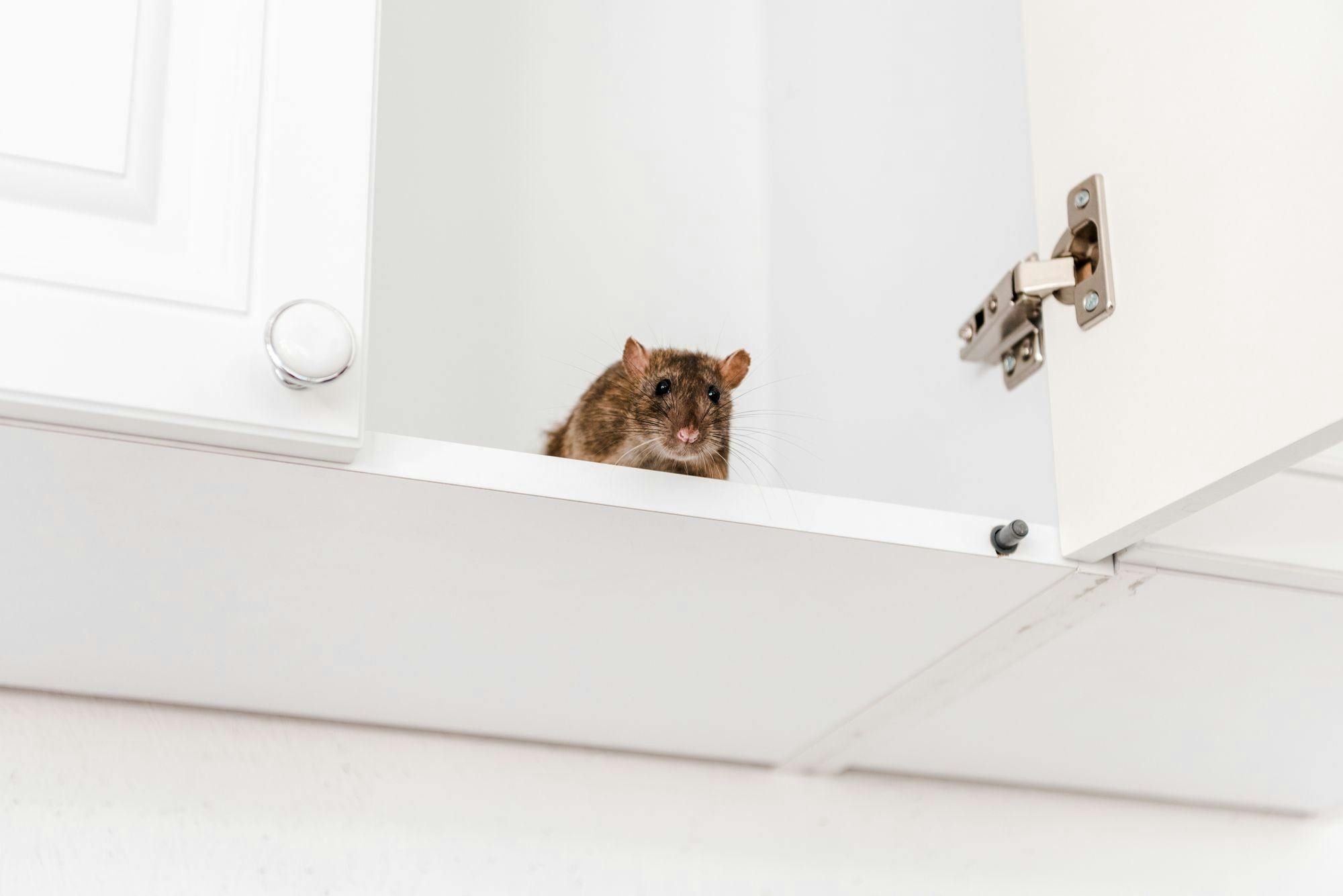A Farewell to Rodents
10/20/2023

Overview
Explore the conclusion of our Ultimate Guide to Rodent Exclusion. Learn about effective techniques, upcoming trends, and get a sneak peek into our next series on bats. Your blueprint for a rodent-free life awaits.
As we wrap up our comprehensive series on rodent exclusion, it’s important to take a moment and reflect on the journey we’ve been on. In our previous article, we explored the importance of ethical rodent exclusion practices, shedding light on legal requirements and humane considerations. As the saying goes, an ounce of prevention is worth a pound of cure, and we trust that you now have the tools and knowledge to protect your home or business from the perils of rodent infestation. With that, let’s bid a farewell to rodents and dive into this final installment!
Recap of Key Points from Previous Articles
Before we venture into new territories, let’s quickly summarize what we’ve covered so far:
- Starting Your Rodent-Free Journey: Health risks and property damages underscore the importance of proactive rodent exclusion.
- Beyond Traps and Poisons: Identifying entry points is a crucial step in any rodent exclusion strategy.
- Why Inspections Matter: The right materials and tools make for effective sealing of rodent entry points.
- Nature as a Rodent Barrier: How natural barriers can aid in keeping rodents at bay.
- A Spic and Span Strategy: Proper sanitation methods are essential in discouraging rodent infestation.
- The Long Game in Rodent Exclusion: Ongoing monitoring and maintenance are key for sustained success.
- Ethical Rodent Exclusion Practices: Compliance with building codes and animal welfare laws are not just optional, but essential.
Current and Emerging Trends in Rodent Exclusion
Technology is always evolving, and rodent exclusion is no exception. Let's look at some of the current and emerging trends that are changing the game:
IoT-Enabled Traps
Internet of Things (IoT) technology has made it possible to monitor rodent traps in real-time. These smart traps notify homeowners or pest control professionals when a trap is activated, allowing for quicker response times.
Biodegradable Sealing Materials
As we move towards more sustainable options, biodegradable materials like certain types of caulk and foam sealants are gaining traction. These not only seal entry points effectively but also break down naturally over time.
Remote Monitoring
Advanced camera systems and sensors are now being used for continuous monitoring of susceptible areas, reducing the need for frequent physical inspections.
To conclude, effective rodent exclusion is not just about plugging holes or setting up traps; it's a comprehensive approach that requires planning, ongoing vigilance, and the application of humane and ethical practices. Armed with the knowledge from this series, you are now well-equipped to lead a rodent-free life.
We hope this series has been informative and empowering. If you’re interested in taking the next steps toward a rodent-free life, don’t hesitate to reach out to Empire Lawn & Pest Control for a professional consultation. We encourage you to share this guide with friends, family, or anyone else who might benefit.
As a closing note, keep an eye out for our upcoming series focused on bats and their exclusion—a fascinating and equally important aspect of integrated pest management. This holistic approach expands our horizons beyond rodent control, offering additional tools and strategies to maintain a pest-free environment. After all, knowledge is the best preventative medicine.
Thank you for following our Ultimate Guide to Rodent Exclusion. Your journey towards a rodent-free life starts now!
